
SSL Fusion Stereo Image (Windows)
£10.00 £7.00
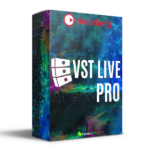
Steinberg VST Live Pro (Windows)
£20.00 £14.00
Toontrack – EZkeys 2 Complete (Windows)
Tech Specs
- Windows 10 or 11 (64 Bit Only)
- Instant Download
- Lifetime Activation
- Future Free Updates
- VST3, AAX, Standalone
- 20 GB Hard Disk
£40.00 £28.00
Guaranteed Safe Checkout

Features & Compatibility
FEATURE OVERVIEW.

A Brand New Grand: Timeless Tone, Redefined
The Heart of EZkeys 2
A grand piano is more than an instrument—it’s a cornerstone of songwriting and musical expression. EZkeys 2 introduces a stunning new core library featuring an exquisitely sampled grand piano, offering a tonal palette suited for virtually any genre or mood.
About the Instrument: Fazioli F212
Meticulously crafted over three years in Sacile, Italy, the Fazioli F212 represents the pinnacle of piano artistry. This medium-sized grand piano boasts:
- Balanced and Responsive Tone: Ideal for expressive performances, from thunderous power to delicate subtlety.
- Dynamic Range: Perfect for both songwriting versatility and studio precision.
Specifications
- Dimensions: 212 cm (L) × 153 cm (W) × 98 cm (H)
- Soundboard: Made from red spruce sourced from Val di Fiemme, Italy.
- Mechanics: Renner actions and hammers ensure unmatched playability and nuance.
The Mics & The Room
The F212 was recorded with a versatile mic setup to provide a diverse range of tones and ambiance.
Spot Mics
- Hammers:
- Mics: Stereo pair of Thuresson CM402 large diaphragm microphones.
- Purpose: Captures the direct, detailed impact of the hammer strikes.
- Strings:
- Mics: Stereo pair of Royer R-121 ribbon microphones.
- Purpose: Focuses on the rich sustain and resonance of the strings, with a warm and ambient character.
Ambiances
- Piano Player (Overhead):
- Mics: DeGeer Manibus large diaphragm tube microphones.
- Purpose: Mimics the natural listening perspective of a player for a transparent, direct ambiance.
- Room Ambiance:
- Mic: AKG C24 stereo large diaphragm tube microphone.
- Purpose: Captures the room’s reverberation, adding depth and authenticity.
- Window Reflection Ambiance:
- Mics: Neumann KM84 small diaphragm condenser microphones.
- Purpose: Adds a unique depth by capturing sound reflections from the control room window, creating a distant, diffused ambiance.
Why This Grand Piano Stands Out
- Expressive Versatility: Suitable for all genres and styles, from classical compositions to contemporary tracks.
- Authentic Sonic Palette: A thoughtfully designed mic setup ensures an unmatched tonal range.
- Premium Craftsmanship: Built and sampled with meticulous attention to detail for a truly iconic sound.
🎵 Experience the timeless elegance and dynamic range of a world-class grand piano with EZkeys 2. Perfect for any project, it’s a must-have tool for musicians and producers alike. 🎹✨
Additional information
Customer Reviews
Be the first to review “Toontrack – EZkeys 2 Complete (Windows)” Cancel reply



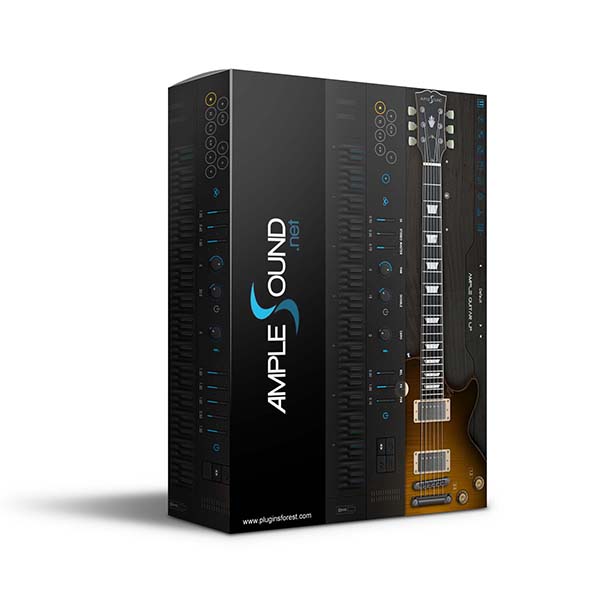
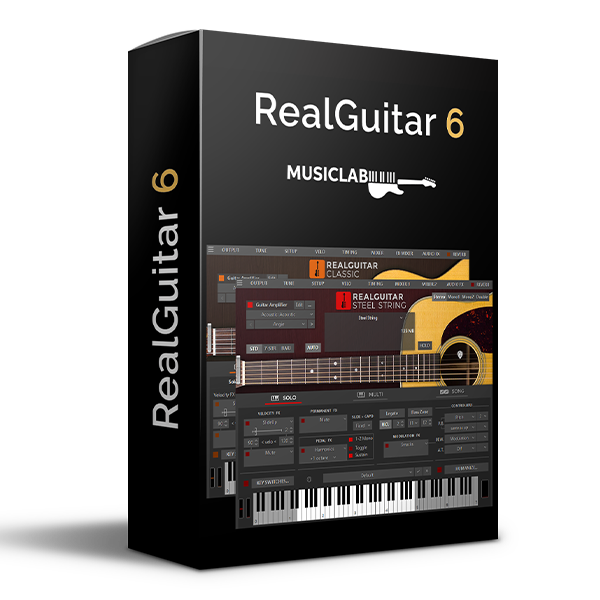

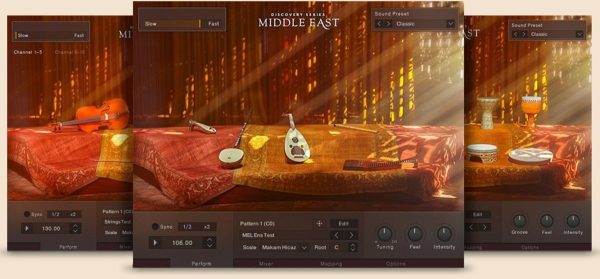
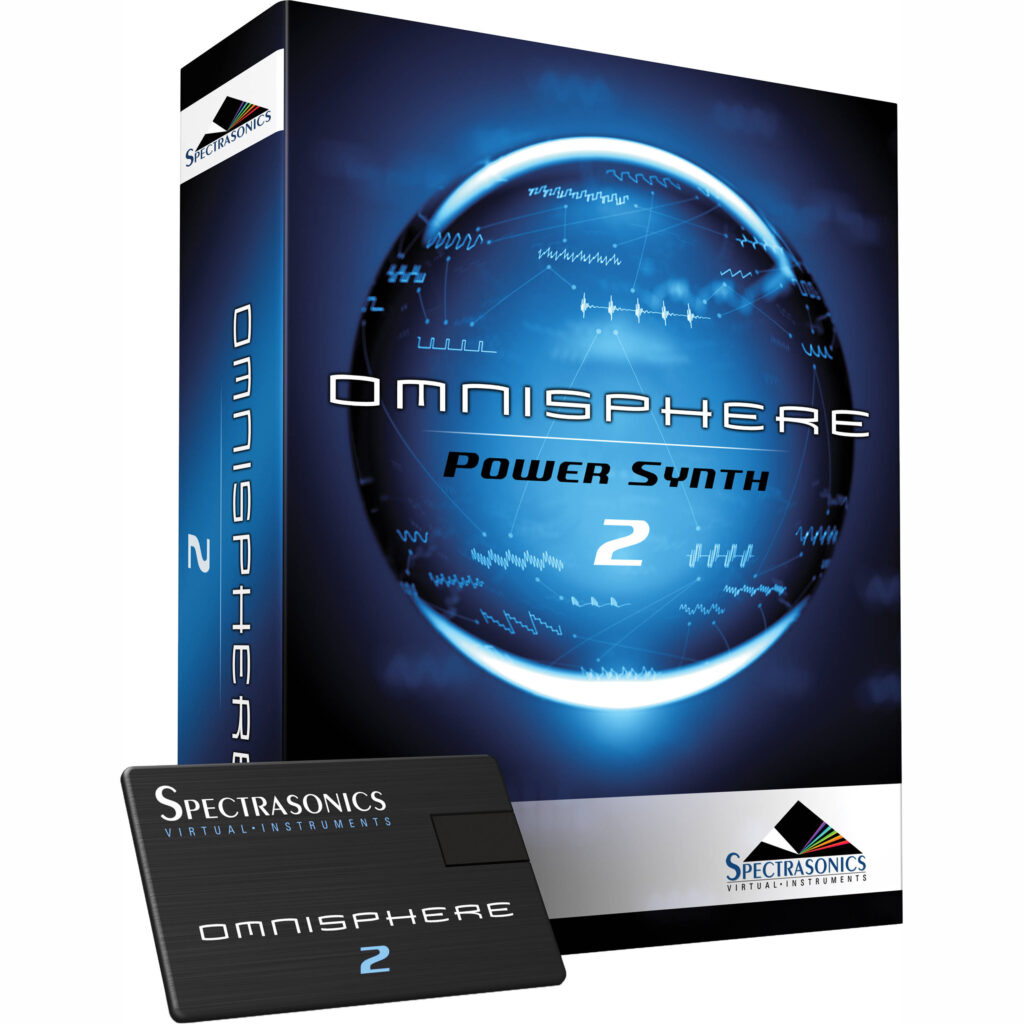
Reviews
There are no reviews yet.